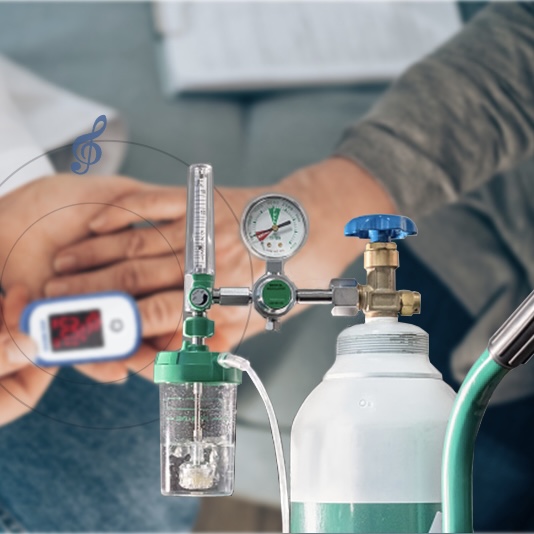Nearly 80 million people live in areas above 2,500 meters above sea level. As altitude increases, air pressure decreases, resulting in low oxygen partial pressure, which can easily induce acute diseases, especially cardiovascular diseases. Living in a low-pressure environment for a long time, the human body will undergo adaptive changes, such as right ventricular hypertrophy, to maintain circulation and tissue homeostasis.
“Low pressure” and “hypoxia” are closely related in the human body. The former leads to the latter, causing comprehensive damage to the human body, including altitude sickness, fatigue, hyperventilation, etc. However, humans have gradually adapted to life at high altitudes, with the highest permanent altitude reaching 5,370 meters.
Blood oxygen saturation is an important indicator of human body hypoxia. The normal value is 95%-100%. If it is lower than 90%, it means insufficient oxygen supply. If it is lower than 80%, it will cause significant damage to the body. At altitudes above 3,000 meters, decreased blood oxygen saturation may lead to a series of symptoms, such as fatigue, dizziness, and errors in judgment.
For altitude sickness, people can take a variety of measures, such as increasing respiratory rate, heart rate and cardiac output, and gradually increasing the production of red blood cells and hemoglobin. However, these adjustments do not allow people to perform normally at high altitudes.
In a plateau environment, it is very necessary to use blood oxygen monitoring equipment such as narigmed finger clip oximeter. It can monitor blood oxygen saturation in real time. When blood oxygen is lower than 90%, measures should be taken immediately. This product is small and portable, with medical-grade monitoring accuracy. It is an essential equipment for plateau travel or long-term work.
Post time: May-07-2024







